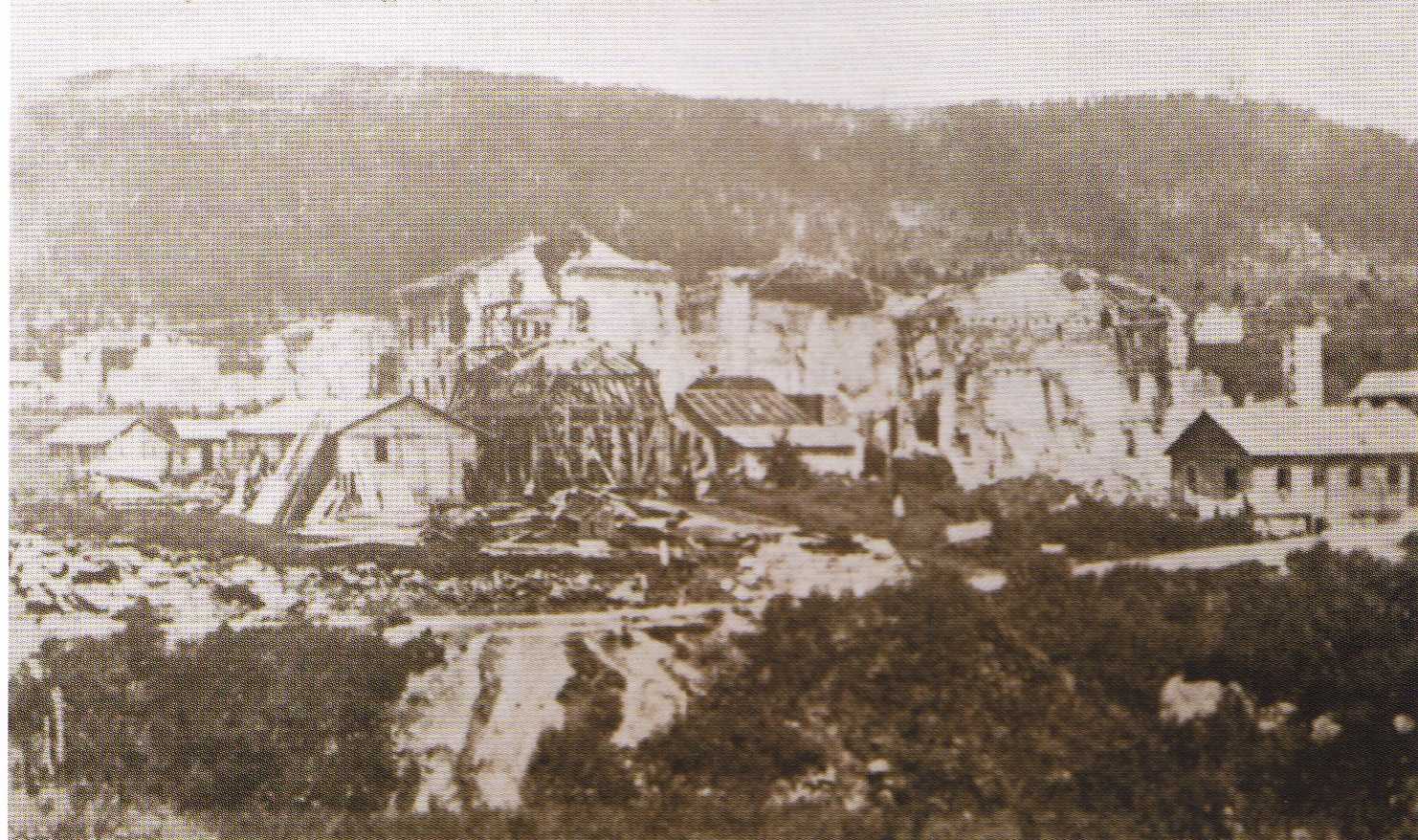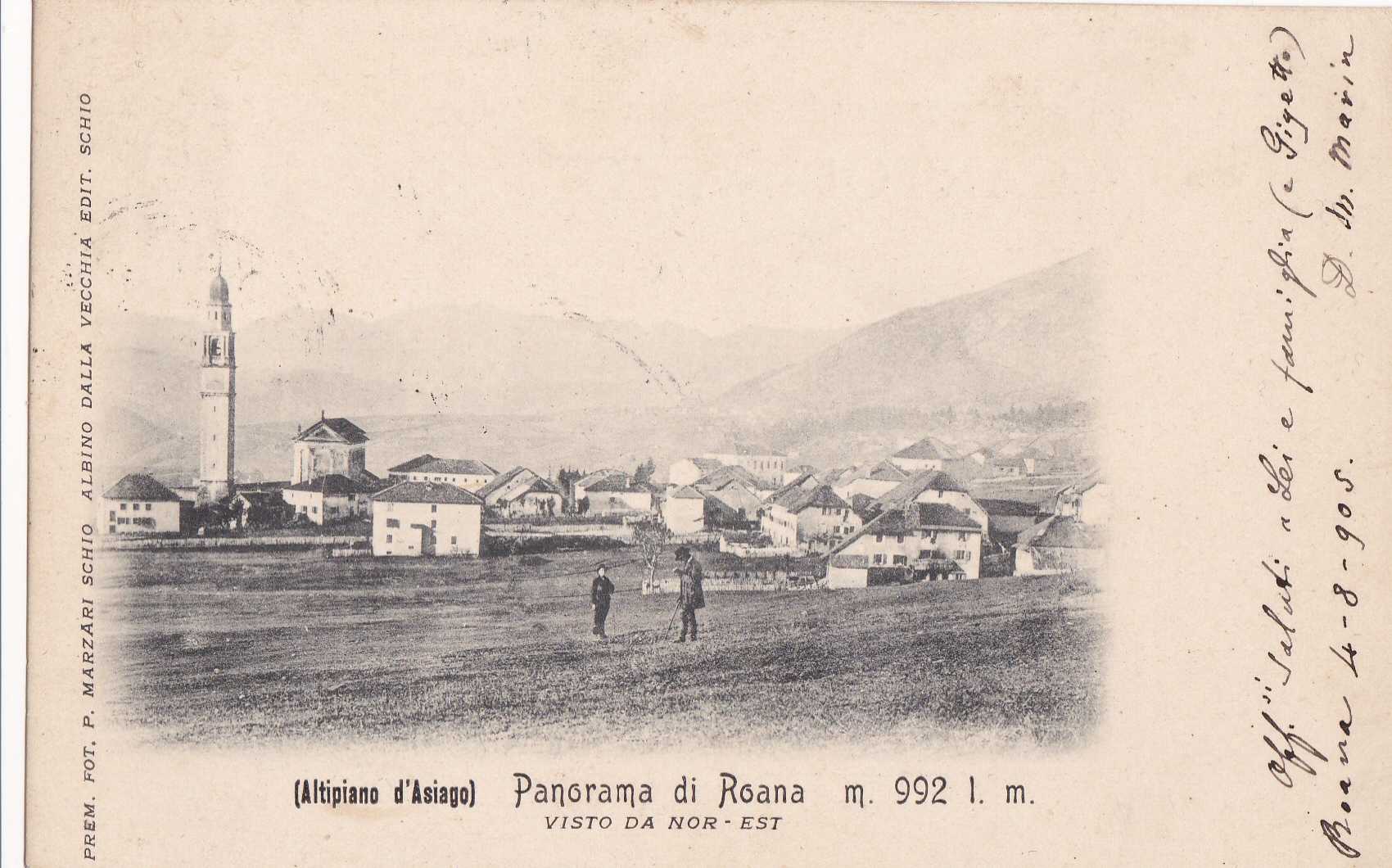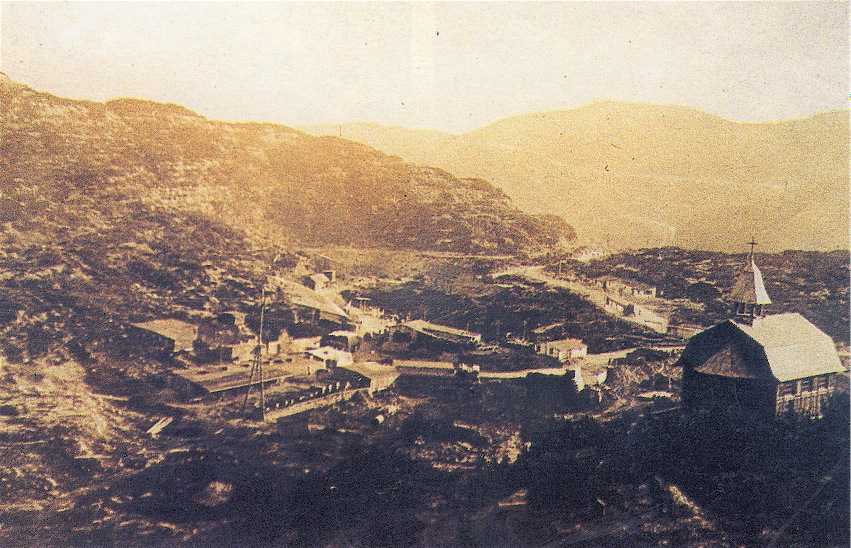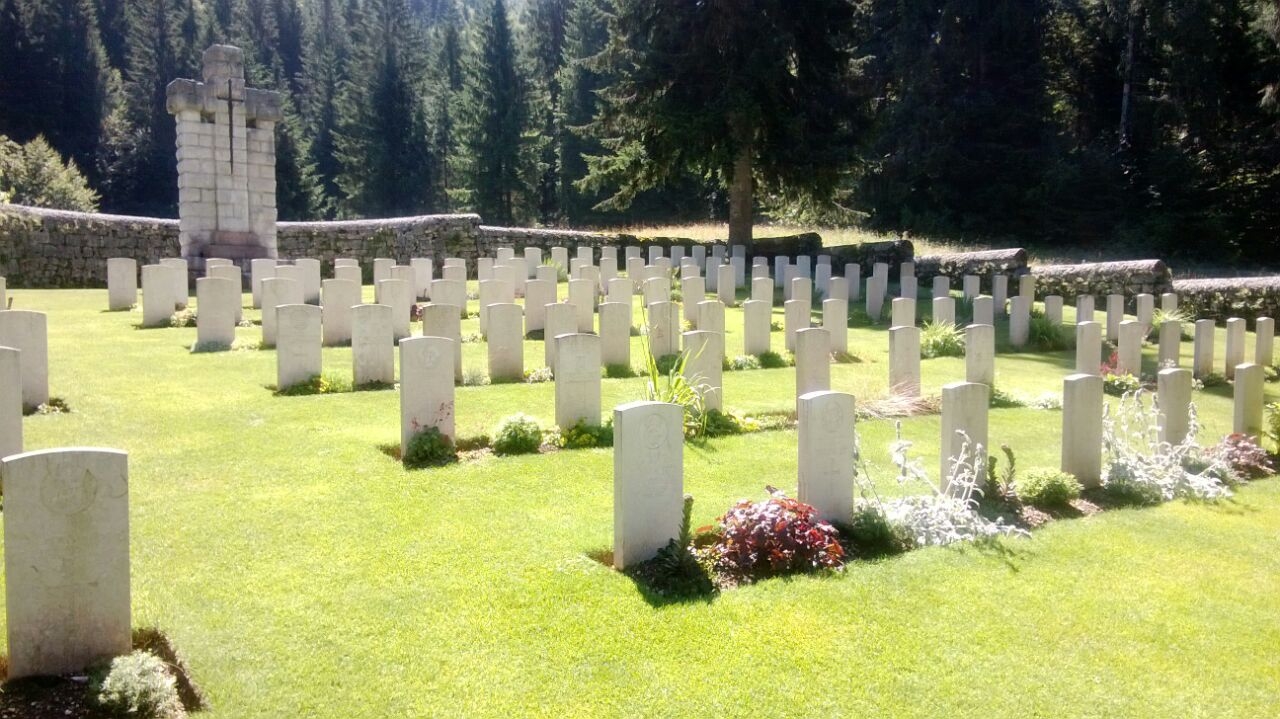The Hotel in the years
The Alla Posta Hotel and Restaurant has been owned by the Fabris family since the middle of the 19th century, when it was first opened at its current location. The building maintains some of the original features that survived the First World War bombings and were preserved in the refurbished structure.
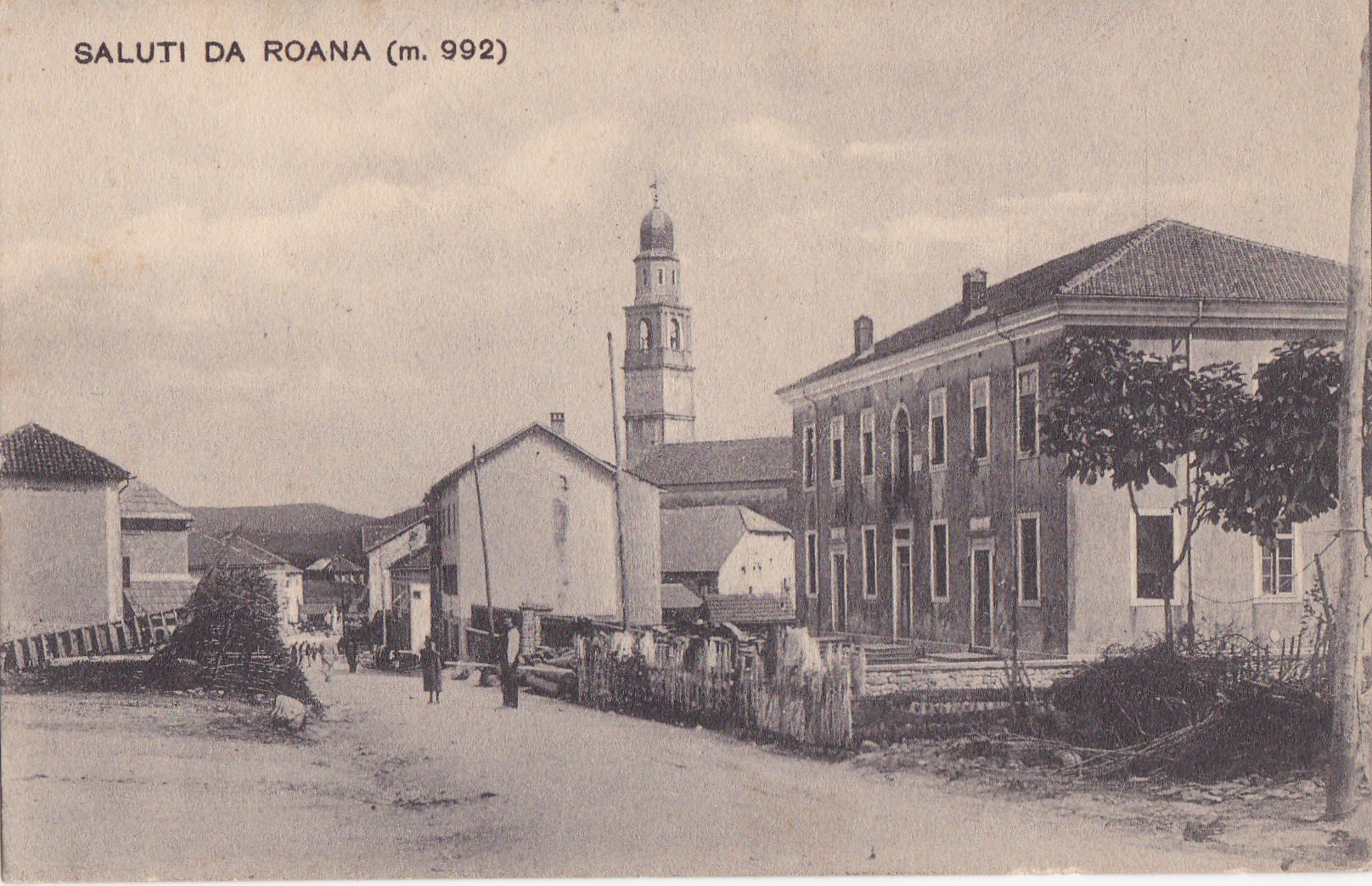
The main street and the hotel in a photo of 1908
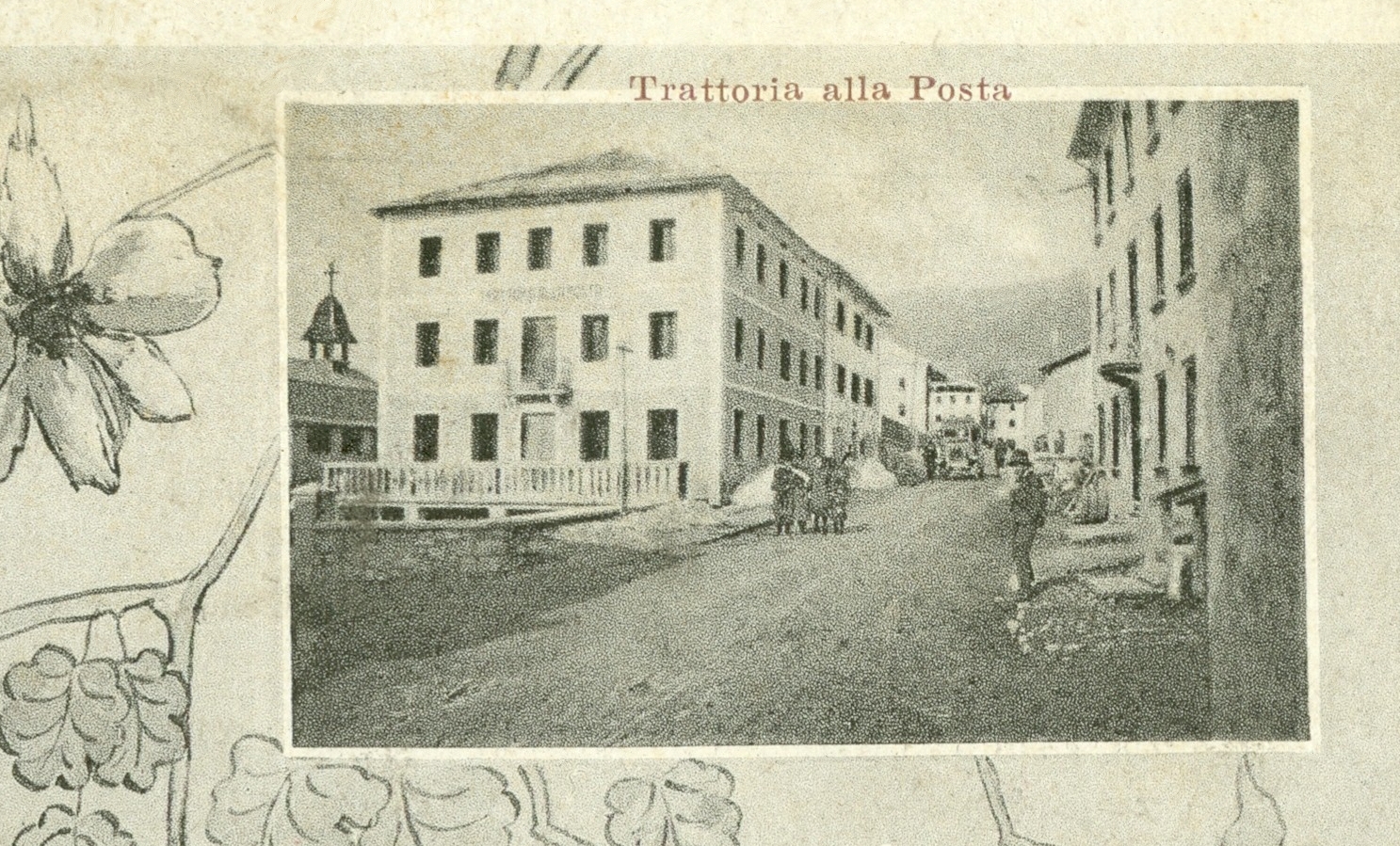
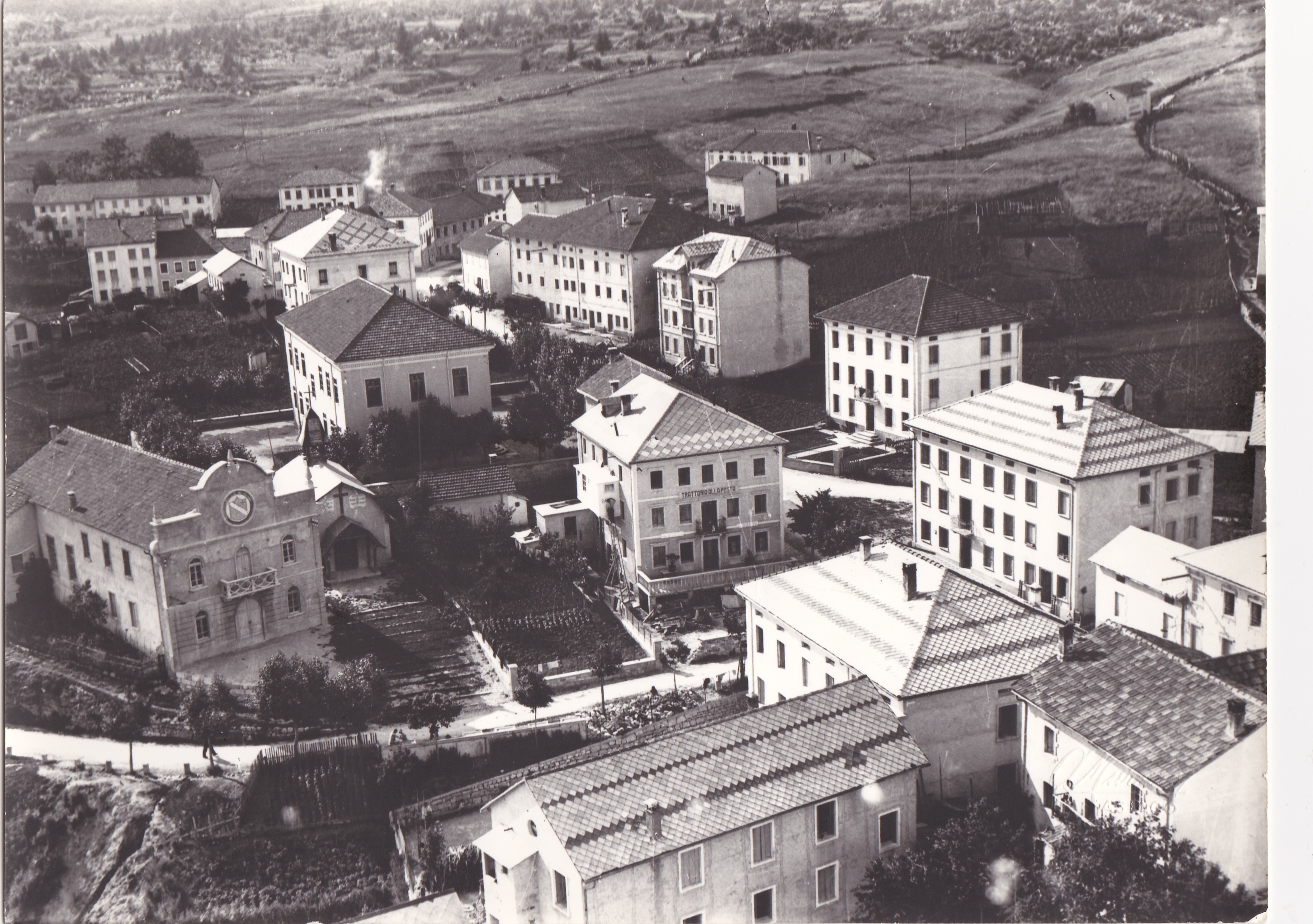
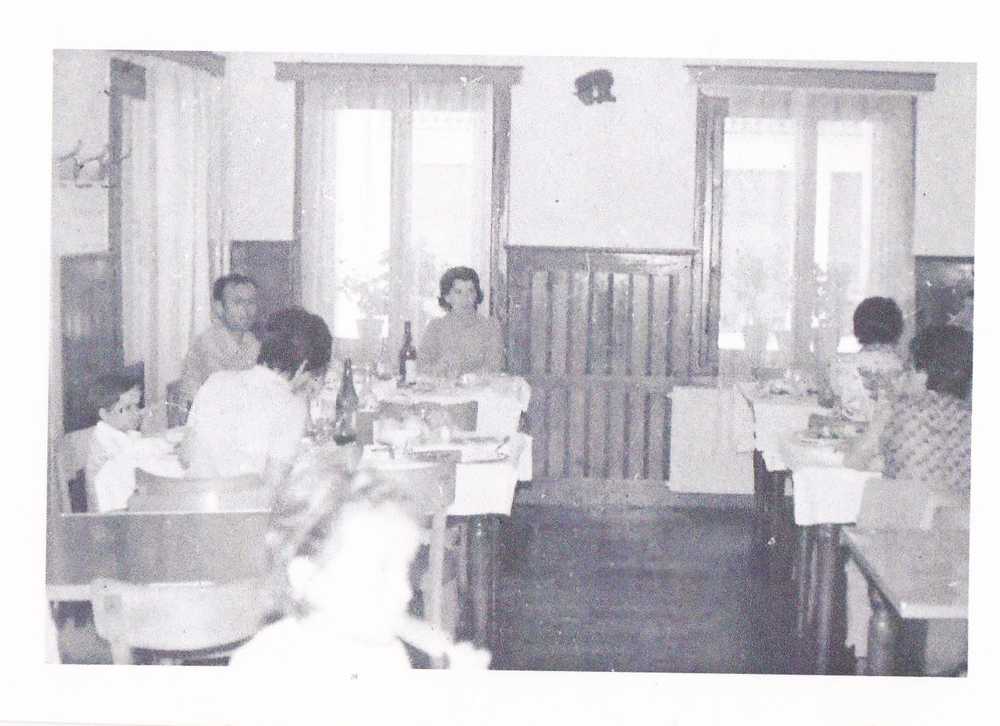
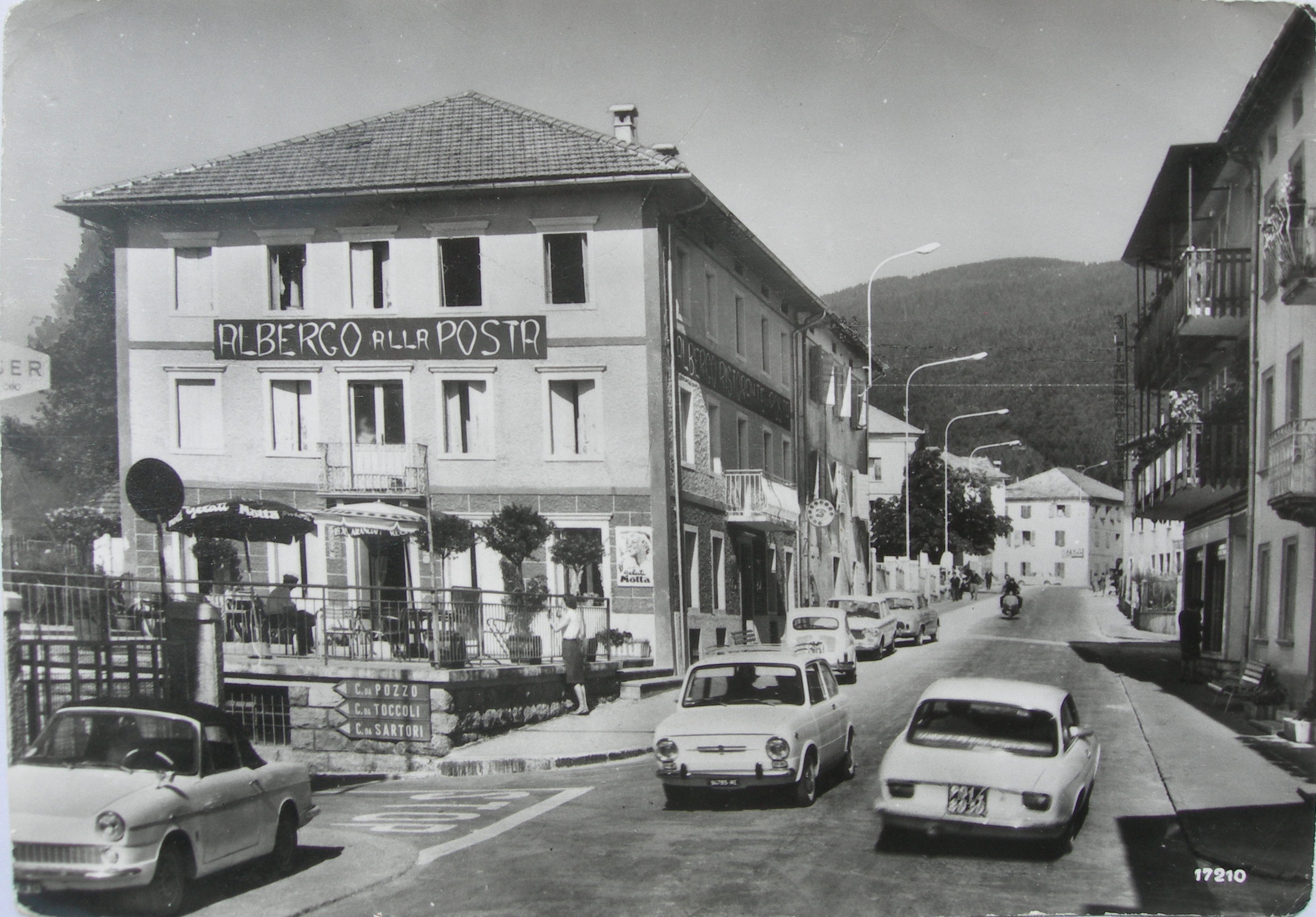
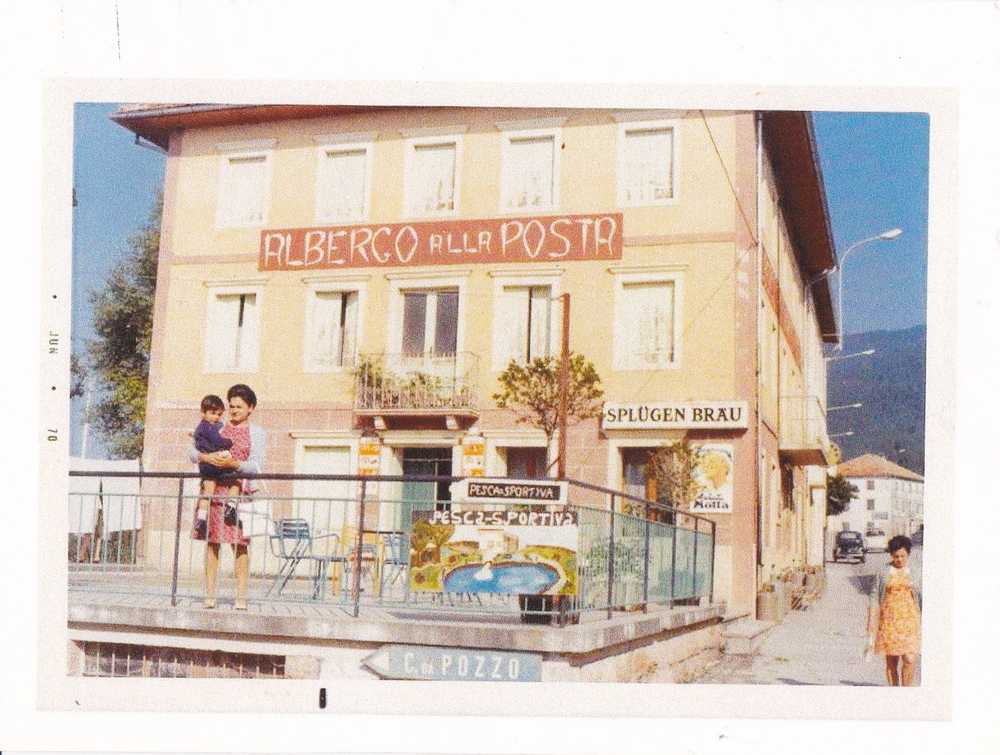
Families and hikers return to our hotel over and over again during the summer as well as other times of the year, when the towns of the area offer a variety of events in an attempt to attract as many tourists as possible.
With the exception for the winter season, when the hotel caters mostly for the younger guests due to the proximity of winter sports infrastructures, the hotel is a heaven for our elderly guests. It's location, away from the hustle and bustle of the bigger town of Asiago, is perfect for those looking for some peace and quiet. Special attention is offered to the elderlies, especially when travelling on their own, in order to offer them a better and safer holiday. The hotel is also often used by a variety of Serie B football teams who enjoy the high quality service and the proximity to the facilities.
Our esteemed guests can enjoy a discount of up to 50% off the entry fees of many local sport facilities. Upon request, the reception will provide a certificate that will enable our guests to enjoy the discounted fees.
Roana: history of a land
The district town of Roana is located within the Sun Riviera of the Seven Towns Plateau. The pre-Alpine environment of the highlands has always attracted human settlement. The earliest evidence of nomadic populations passing through the area is provided by several archaeological sites pre-dating the age of metals.
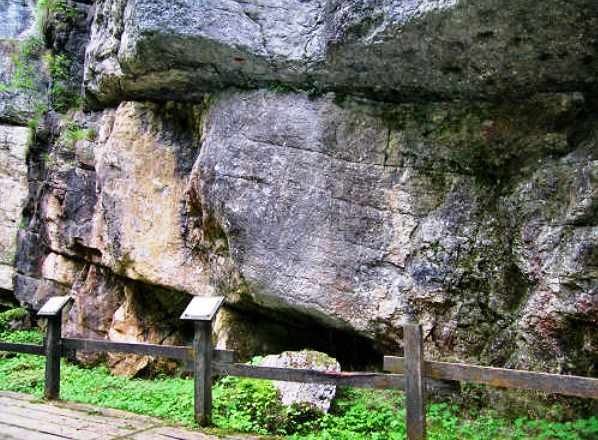
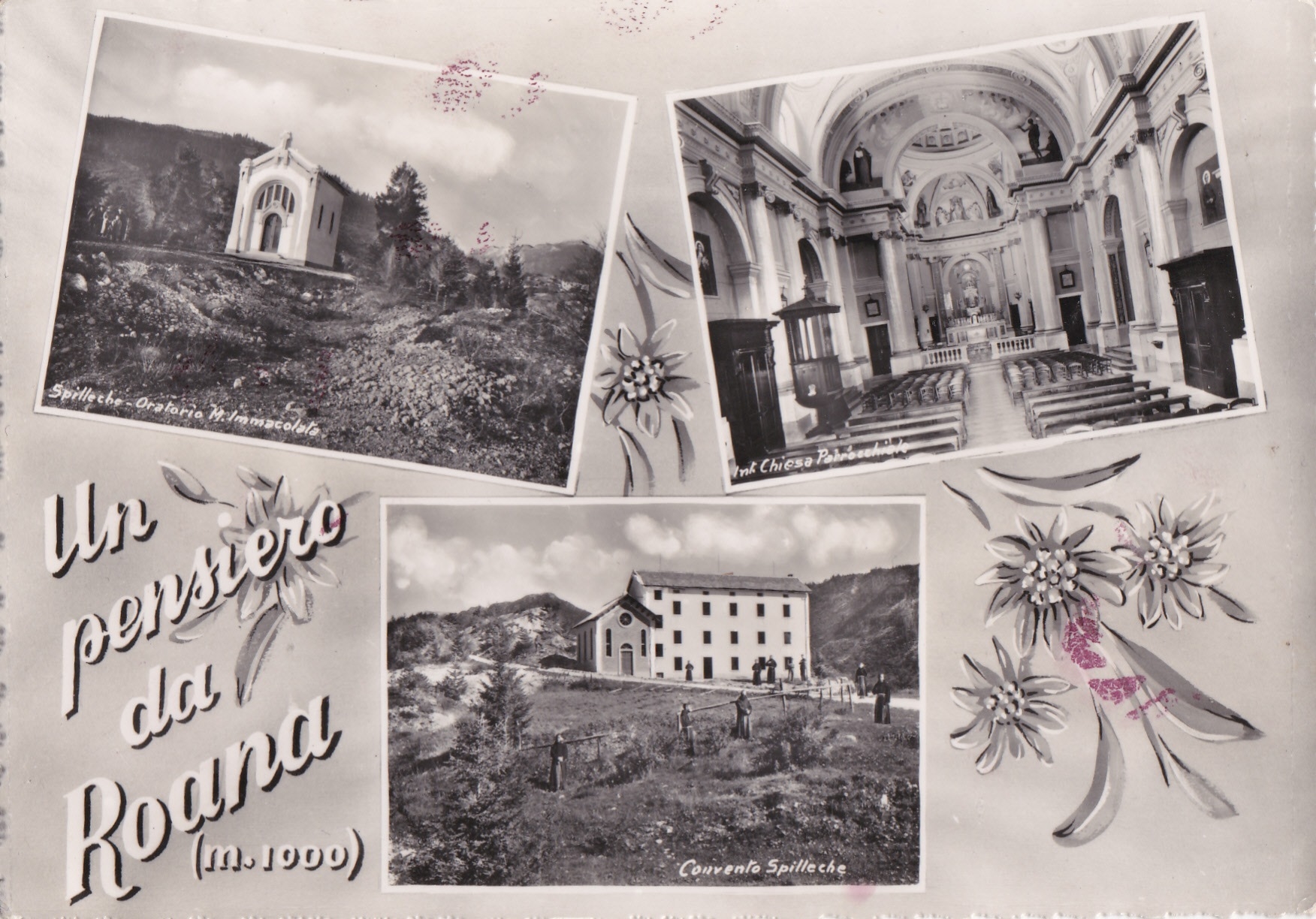
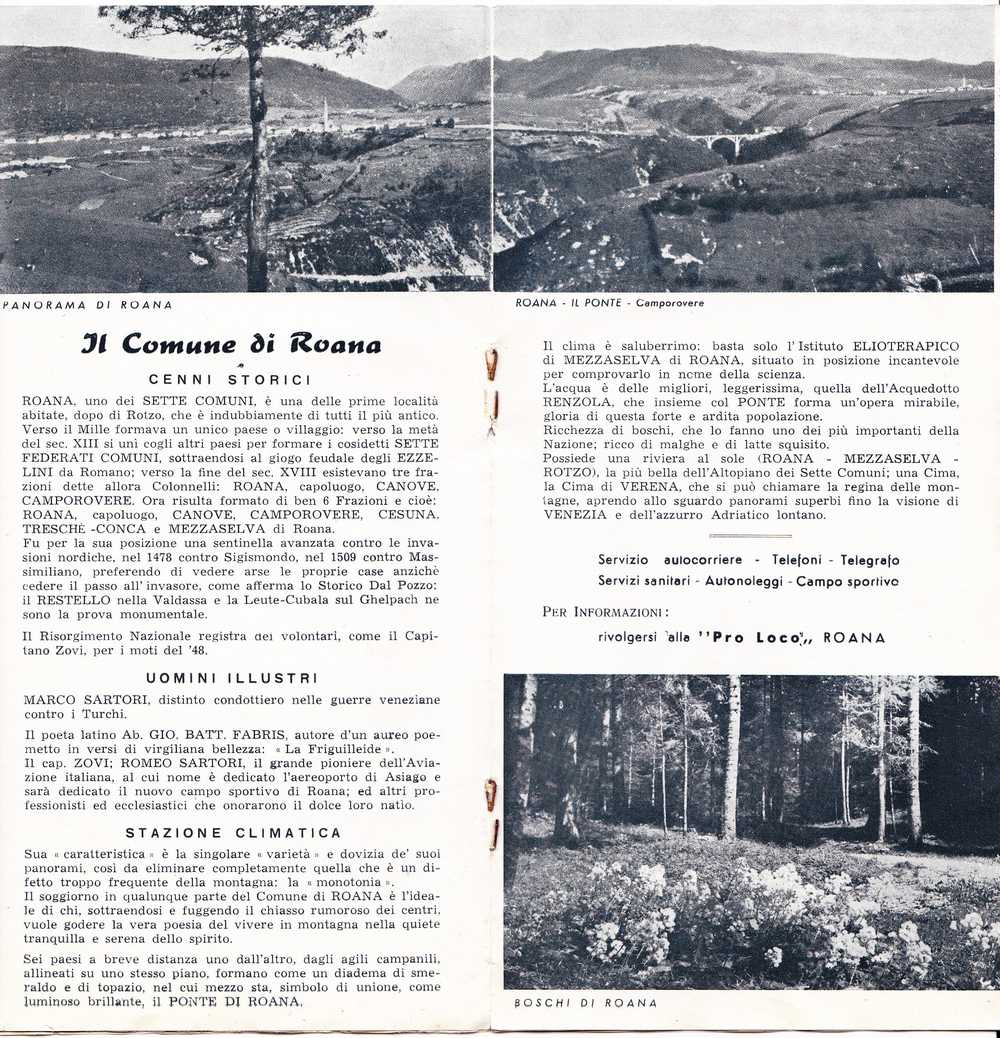
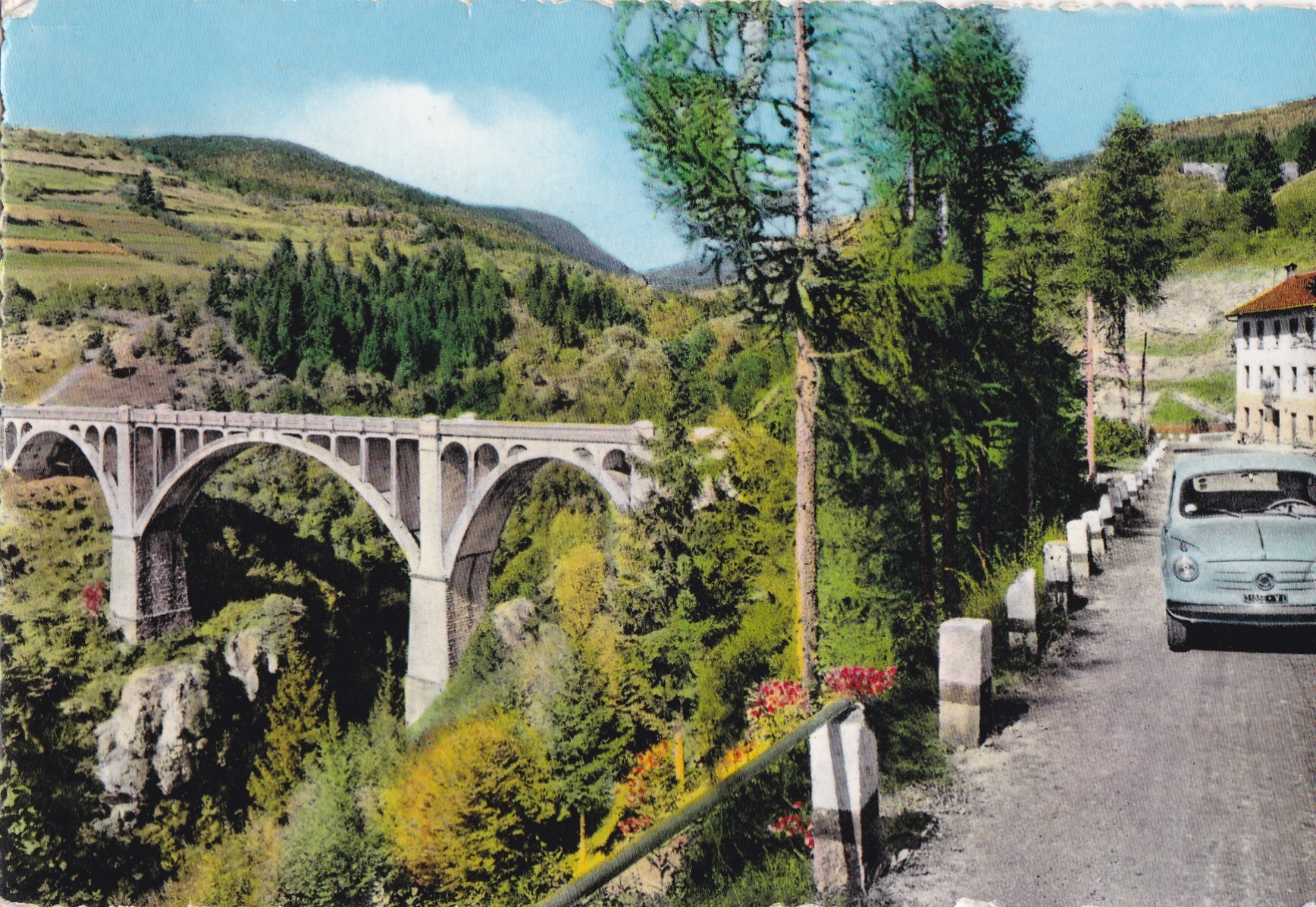
In brief, the first settlements can be dated to the late Paleolithic and Mesolithic eras and can be attributed to hunter-gatherer groups. The first population to inhabit the area were probably the Reti who appeared during the pre-Roman period as confirmed by the findings in the Bostel archaeological site, located close to the neighboring town of Rotzo. Between the 10th and 13th century the plateau became inhabited by German speaking populations coming from the north of Europe called Cimbri. The local community was recognized as a linguistic minority in 1994 and its name is derived from the medieval German term “zimberer” which means carpenters or lumberjacks. Those peoples would subsequently become allied to the Ezzelini da Romano until their defeat. United in a single federation aimed at the defense of their “freiheiten” (privileges and exemptions allocated in exchange for the surveillance and the military defense of the northern border), the plateau’s populations established in 1310 the “Spettabile Reggenza”, an all-encompassing local institution governed by a statute. Following this the Scaligeri family ruled the plateau. Between 1387 and 1405, the year of the submission of the plateau to the Republic of Venice, the “Reggenza” became a protectorate of the Visconti family from Milan. When the “Serenissima” was defeated the area became ruled by the French until the Campofomio treaty, which ratified the Austrian influence and was ended thank to the 1866 plebiscite.

During the Great War (WWI) the area suffered extensive devastation to its landscape and the local population and economy. The signs of such devastation can still be seen to this day but are slowly disappearing with the exception of military buildings from that period that have been restored and preserved in recent years.
